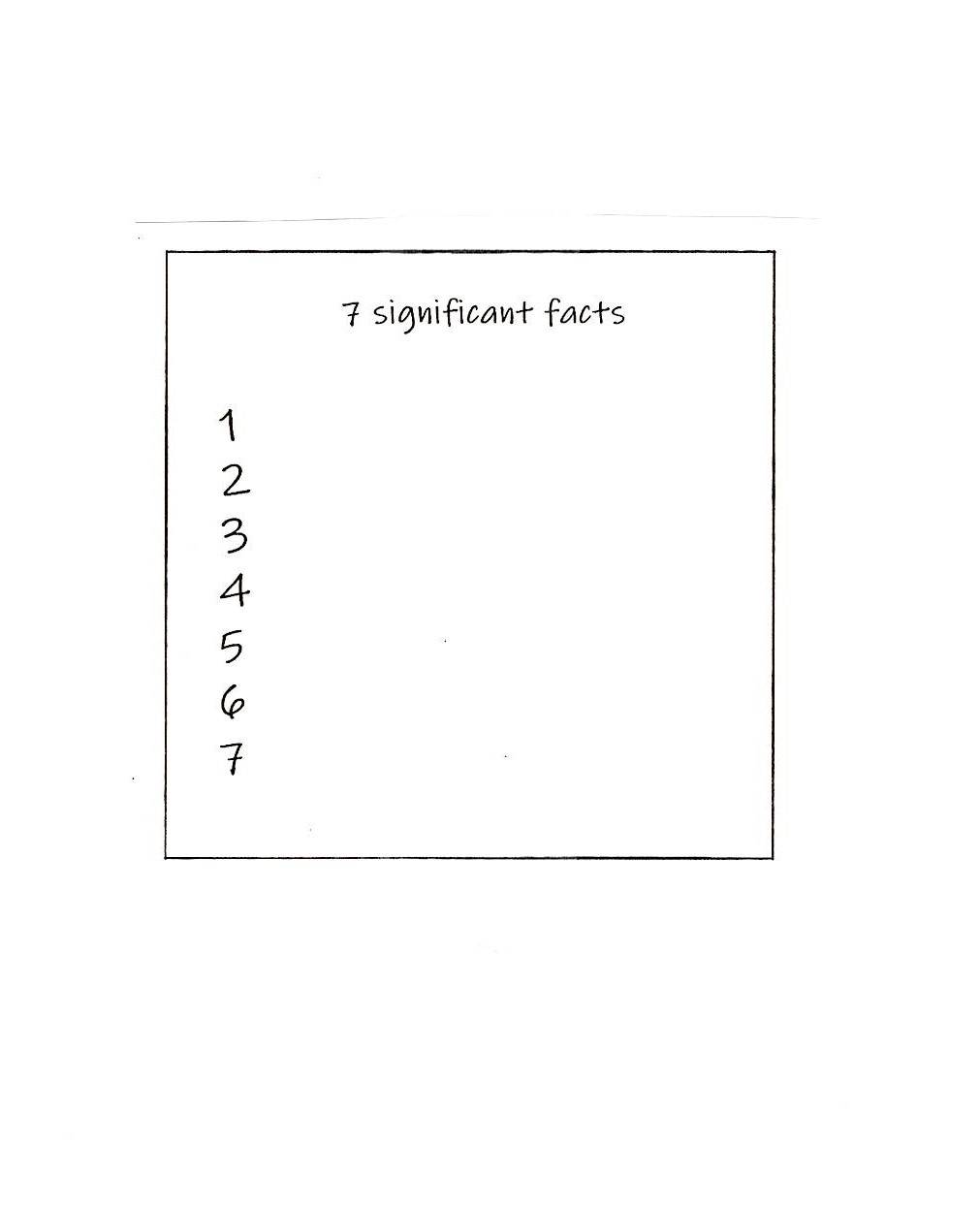
Thinking Slow is all about making sense of information by consciously organizing it into patterns and deriving conclusions from those patterns. Certainly, thinking fast and thinking slow can, and often do, work together but they do not do so without some friction. In our experience, intuition tends to frustrate deliberation because it’s always jumping ahead to the solution. Likewise, deliberation frustrates intuition because it keeps insisting “not yet, not until I’m sure.” Thinking Whole embraces the value and the potential contributions of each system – and creates a place where both can “play nice.”
Of the three ways of thinking, Thinking Whole is the one which comes closest to being an actual, and literal, system. Thinking Whole is as effective as it has proven to be because it is built around a “follow the system step-by-step process,” as well. The reason this is so, is because Thinking Whole evolved from doing thinking rather than from thinking about thinking. It is also the product of chronic impatience. From “7-3-1” to Thinking Out Loud to Thinking Whole.
More than a quarter century ago, one of us [JK] was in a meeting; one of those endless, pointless, rambling meetings which we all endure far too often.
I was so frustrated that I walked up to the flipchart and said “Hey guys, we seem to be going all around this subject but not moving anything forward. Let’s lay it out so we can make sense of it. Shall we?.” I intuitively (that would be System One at work) wrote one-through-seven along the left side of the flipchart. Without knowing exactly why 7 (I would later learn that we can’t meaningfully hold more than seven ideas in the part of our brain where we process information), I headed the list “7 significant facts.” Looking back on that event, I would have to say that it was my own moment of genius.
Over the next decades, the importance of having selected the word “significant” became increasingly clear. In a typical meeting, we throw out a lot of ideas; mostly in an effort to appear to contribute. As the group worked to complete the list, the inevitable happened. Someone came up with an 8th significant fact.
I instinctively knew (System One again) that if the list grew, we would meander back to the land of the lost. “Let’s just keep it to seven,” I said, adding “just the seven most significant facts. There can’t be more than seven.”

What ensued was something truly wonderful. Clearly, if the list remained at seven items, then anything added would be at the expense of something already on the list; which meant that we were now really looking at each item and beginning to perceive how the seven items on the list related to one another.
We were beginning to sense not only how significant each fact was but, more importantly, how significantly each fact contributed to a greater whole relative to the other significant facts. Instead of listing more and more facts, we were processing them into an overall understanding of the issue we had come there to discuss.
Download Article
















